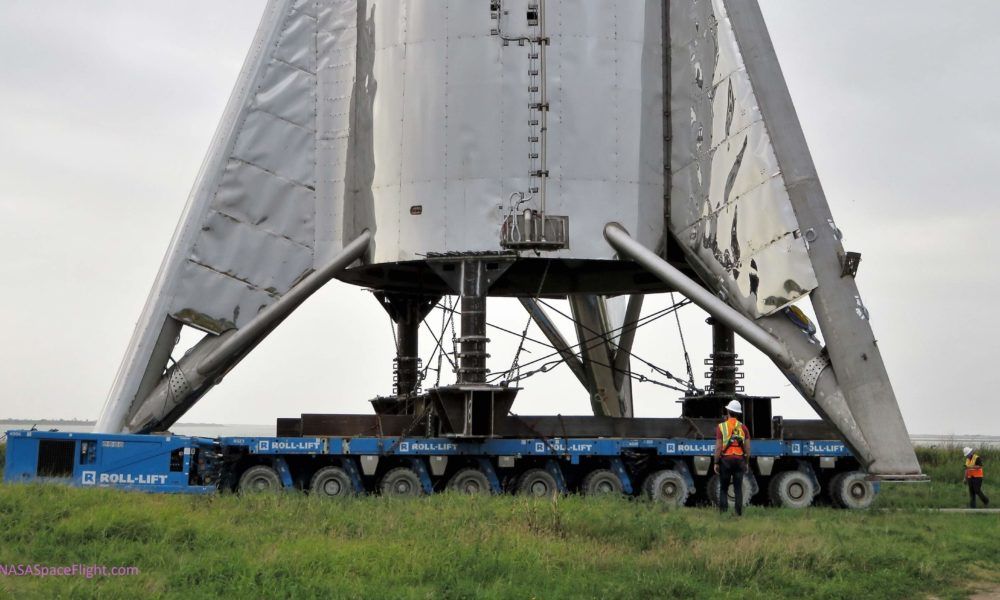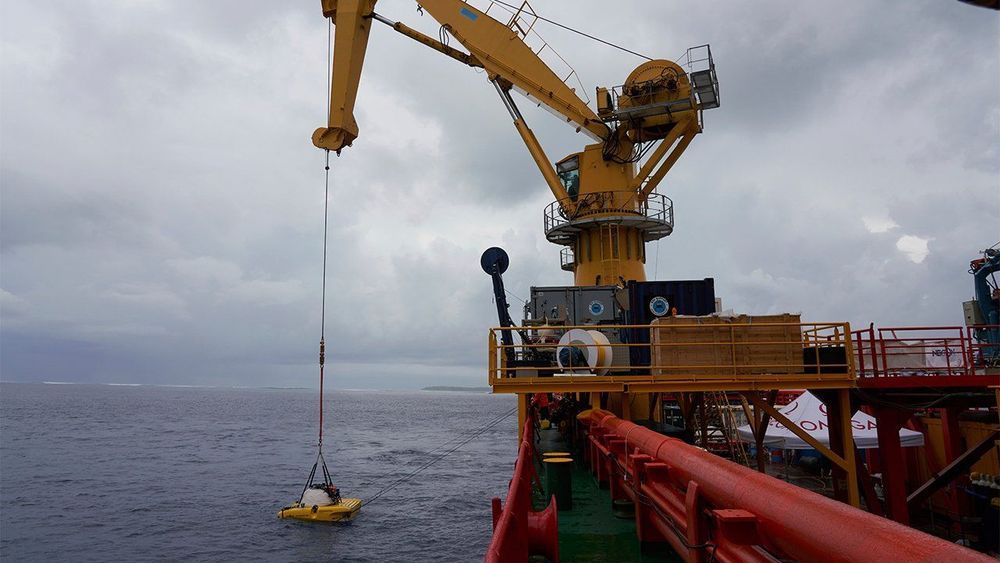Already, 1,000 smart city pilots are under construction or in their final urban planning stages across the globe, driving forward countless visions of the future.
As data becomes the gold of the 21st century, centralized databases and hyper-connected infrastructures will enable everything from sentient cities that respond to data inputs in real time to smart public services that revolutionize modern governance.
Connecting countless industries—real estate, energy, sensors and networks, and transportation, among others—tomorrow’s cities pose no end of creative possibilities and stand to completely transform the human experience.







